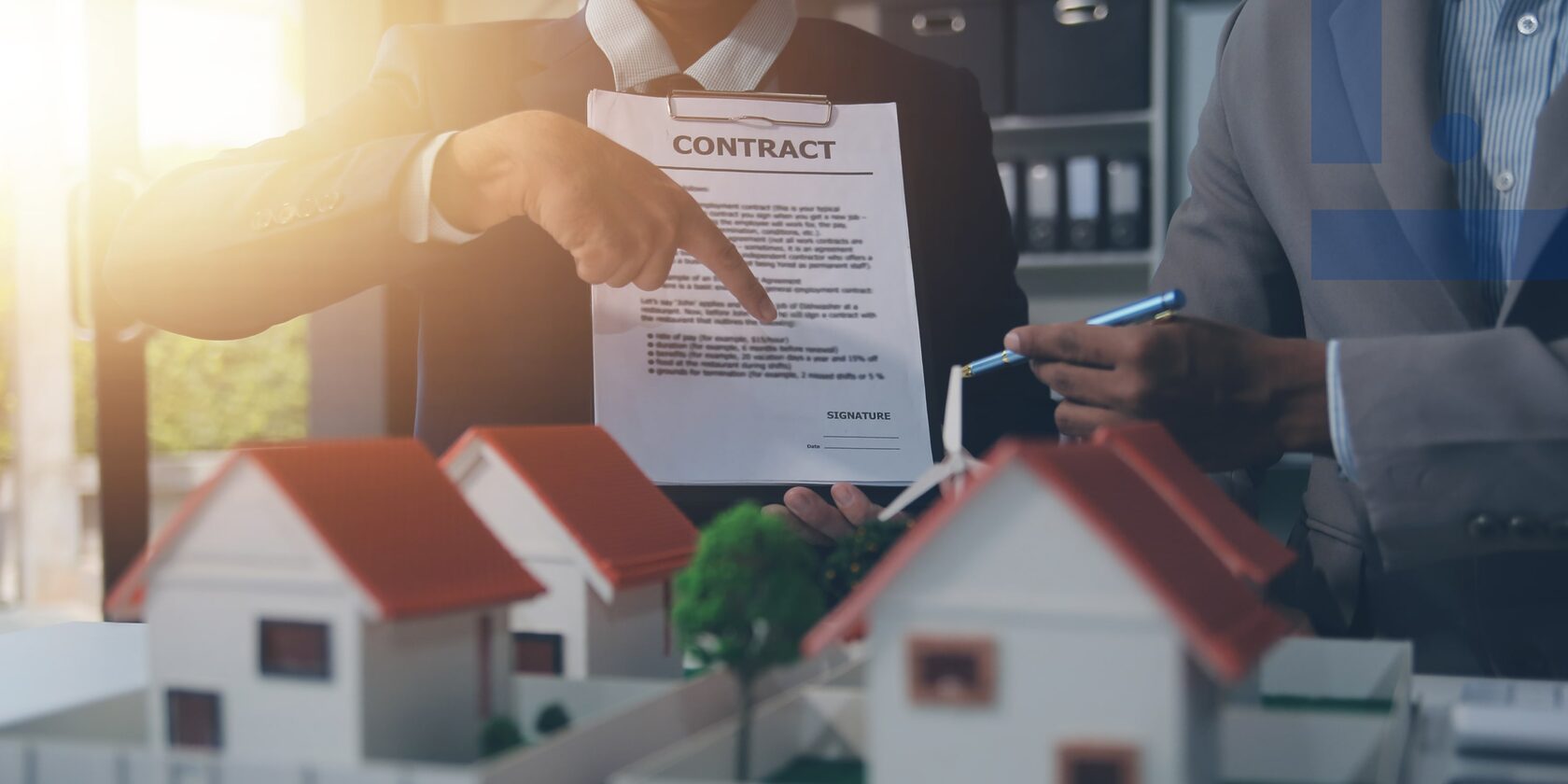Why location is more than just an address
According to statistics, only one in ten businesses survives its first year. Reasons vary – from financial miscalculations to the wrong target audience. But one of the most common mistakes is choosing the wrong location. Even if your product is in demand, without a good location, customers simply won’t find you.
A poor location choice leads to wasted rent expenses and no client flow. To avoid that and not end up shutting down too early, you need a systematic approach to site selection.
A poor location choice leads to wasted rent expenses and no client flow. To avoid that and not end up shutting down too early, you need a systematic approach to site selection.
FlagMAN-D is your reliable partner in business management: we provide accounting support, tax consulting, and assistance with HR administration.
1. Identify your target audience
Before searching for a space, it’s essential to understand exactly who your customer is and where they are located. Your audience’s characteristics determine which neighborhoods to focus on and what business format will work best.
Start by segmenting your target audience:
Example: if your business targets young people who live an active lifestyle and care about healthy eating, look for spaces near coworking hubs, business centers, and areas with well-developed infrastructure. If your audience is primarily retirees, it’s better to choose residential neighborhoods close to medical clinics and supermarkets.
Also, conduct interviews or surveys – ask potential customers which areas they find convenient for shopping and where they usually shop offline.
Start by segmenting your target audience:
- Gender and age (e.g., men aged 25–40)
- Income level (low, medium, high)
- Lifestyle (homebodies, gym-goers, office workers)
- Habits (shop on their way to work or near home)
Example: if your business targets young people who live an active lifestyle and care about healthy eating, look for spaces near coworking hubs, business centers, and areas with well-developed infrastructure. If your audience is primarily retirees, it’s better to choose residential neighborhoods close to medical clinics and supermarkets.
Also, conduct interviews or surveys – ask potential customers which areas they find convenient for shopping and where they usually shop offline.
2. Find a space in the right area
Once you understand your audience’s habits, identify potential districts and begin searching for specific properties. Use online listing platforms and pay attention to the following factors:
Visit the locations in person! check the entrance’s accessibility, visibility from the street, and proximity to related services (cafés, pharmacies, shopping centers).
- Public transport access (subway, bus stops)
- Convenient car access and available parking
- Storefront visibility and options for signage or display windows
- Size and layout – does it suit your business model?
- Technical condition: does it require renovation or additional investments?
Visit the locations in person! check the entrance’s accessibility, visibility from the street, and proximity to related services (cafés, pharmacies, shopping centers).

3. Analyze the service radius
The service radius is the area from which your customers are willing to travel to reach your location. For most retail businesses, this is 400–600 meters; for premium or niche products, it can be more.
Evaluate:
Evaluate:
- Transport or visual barriers (highways, major intersections, railways)
- Pedestrian and vehicle traffic routes
- Street infrastructure (sidewalks, traffic lights, crosswalks)
- Presence of other attractions that generate foot traffic (markets, shopping malls, transit stops)
4. Analyze the competition and infrastructure
Conduct a thorough analysis of the location and its surroundings. Start with the competitive landscape:
Then examine the local infrastructure:
Evaluate the overlap between competitors’ service areas and your own, and consider how to stand out effectively – with a unique selling proposition, a special service format, or a strategic position near key traffic flows.
- How many competitors are within 500–700 meters of your potential location?
- What is their price range, product variety, and average foot traffic at different times of the day?
- Check their customer service quality and loyalty level (e.g., through online reviews and reputation)
Then examine the local infrastructure:
- Note major traffic generators nearby: malls, office centers, schools, universities, clinics, or gyms
- Pay attention to residential density and the overall development level of the area
- Check for walkable routes, green spaces, and public transit stops that affect foot traffic
Evaluate the overlap between competitors’ service areas and your own, and consider how to stand out effectively – with a unique selling proposition, a special service format, or a strategic position near key traffic flows.
5. Evaluate real foot traffic
Foot traffic isn’t about a general feeling of "a lot of people" – it’s about actual numbers. Measure:
Such analysis helps you avoid incorrect sales forecasts and better assess your location’s potential.
- The number of passersby in the morning, afternoon, and evening on both weekdays and weekends
- Use geoanalytics services that collect mobile device data
- Observe competitors’ activity – how many clients they serve at various times
Such analysis helps you avoid incorrect sales forecasts and better assess your location’s potential.
6. Negotiate with the landlord and verify the property
The final step is negotiating lease terms with the property owner. It’s important to prepare a negotiation strategy and account for all critical contract aspects to secure favorable terms and minimize risks.
Try to negotiate:
Try to negotiate:
- A rent-free period during renovations or setup
- A discount for the first few months, especially if the space requires investments
- A fixed rental rate or, in some cases, a flexible rent tied to turnover

In Moldova, lease agreements are typically signed for at least one year with renewal options, so be sure to discuss flexibility in advance.
Request from the landlord:
Also, inquire about:
A properly drafted lease agreement that complies with Moldovan law will help you avoid conflicts and financial risks in the future.
Request from the landlord:
- An extract from the Cadastral Register of the Republic of Moldova to confirm ownership
- A floor plan with all technical details and restrictions
- A certificate confirming no debts on utilities
Also, inquire about:
— Any legal restrictions on the property (seizures, lawsuits)?
— Any planned renovations to the building or surrounding area?
A properly drafted lease agreement that complies with Moldovan law will help you avoid conflicts and financial risks in the future.
Delegate routine tasks to professionals! We’ll help you build an efficient financial and HR system so you can focus on growing your business.
Conclusion
The success of your business is directly tied to choosing the right location. It must match your audience’s habits and routes and be safe and accessible.
Rely on data, not guesswork, and make informed, strategic decisions.
Rely on data, not guesswork, and make informed, strategic decisions.




